One of the hottest food trends of recent years is plant-based eating. Millennials and Gen Zers have been embracing meatless cuisine in large numbers, and the market is responding. Future Market Insights projects that plant-based meat and dairy alternatives will grow to $36 billion in sales by 2033 — roughly three times the current sales.
EAT, a global nonprofit that works on food system transformation, surveyed more than 30,000 people in 31 nations. They found that 4 out of 10 respondents think plant-based food will become more popular than meat in the next 10 years.
But while Europeans and North Americans of European descent are experiencing a plant-based renaissance and “discovering” foods like tofu, tempeh, and teff, people in many parts of the world have eaten a mostly plant-based diet from time immemorial. And some still do. In fact, anthropologists largely agree that the bulk of human calories over the course of history have come from plant-based sources.
The most widely available (and nutritious) food for early human populations was likely leafy greens, sweet grasses, nuts, seeds, tubers, berries, roots, fruit, and pulses. A small number of calories from insects, wild animals, and fish also rounded out many traditional human diets.
Eating this way makes sense. Plants, unlike most animals, do not run away or defend themselves with teeth and claws when they’re threatened (although they may have other defenses). As such, this way of eating has survived into the modern world in many places around the globe, especially Africa and Asia (which, probably not coincidentally, is where the EAT survey’s prediction of a plant-based future was most common).
Not all cuisines remain mostly plant-based, of course. There are many meat- and dairy-centric cultures on the planet. And their prevalence in industrialized nations can make it easy to forget that getting lots of calories from animals is a relatively recent phenomenon.
But in this article, we’ll take a look at some of the surviving plant-based cultures around the world. We’ll also explore the factors that often influence the development of plant-based cuisine. And we’ll look at five regions of the world whose cuisines skew more plant-based, exploring the ingredients and dishes they’ve gifted to the world.
Why Some Cultures Eat Mostly Plant-Based
When you look at the range of human diets, you notice that we’ll eat just about anything. Whether or not we are biological omnivores, as Michael Pollan argues, humans tend to consume plants, birds, rodents, mammals, eggs, milk, insects, honey, lizards, and just about anything else that contains calories and won’t immediately kill us.
So given our wide range of edible options, why are some cuisines so much more plant-based than others?
The Economics of Plant-Based Eating
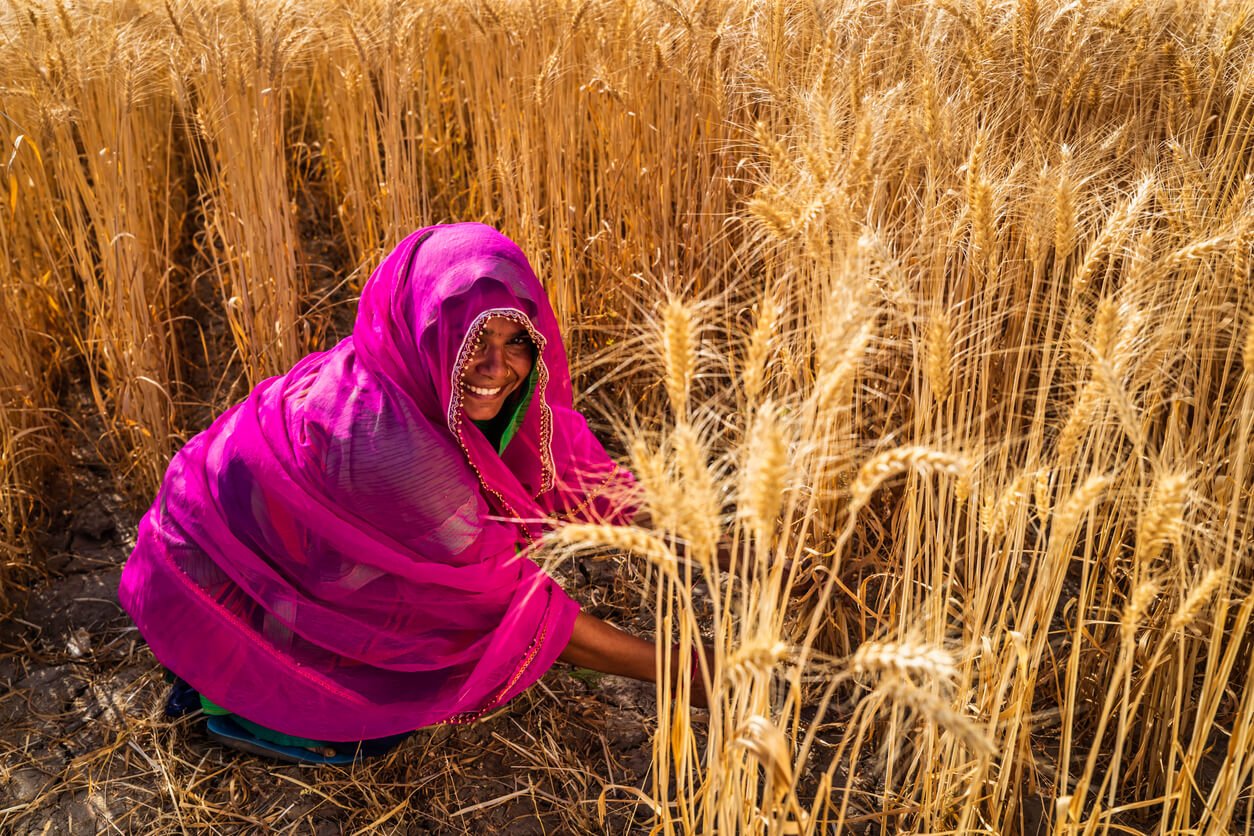
One of the reasons our Paleolithic ancestors were actually more vegan than “Paleo” boils down to economics. The cost of sourcing animal products was typically much higher than the cost of procuring plants. The higher up the food chain you went to get your nutrients, the more resources you’d have to consume. Hunting is a riskier proposition than harvesting, which means that the return on effort is often lower.
And getting food from livestock requires an even greater investment of land, water, and soil than, say, horticulture or small-scale agriculture. Plus, large concentrations of domesticated animals inevitably create more negative environmental impacts than domesticated plants (i.e., crops).
Some societies disguise these costs through subsidies for meat and dairy products, and by passing on some of the costs to vulnerable human populations in the form of compromised health, air and water pollution, habitat loss, and so on.
In India and many other countries with large rural populations, many people who live in the countryside have access mainly to grains, legumes, and various fruits and vegetables. For them, plant-based eating is an economic necessity and not a lifestyle choice. They simply don’t have the resources to diversify their diets beyond their staple foods.
Wealthier members of these societies may consume more meat, which often serves as a status symbol due to its high cost and relative scarcity. And less developed countries often have basic agricultural systems that cannot support large-scale meat or dairy production. In these countries, it’s common for many people to grow their own food, often in their backyards — which creates more local self-reliance and reduces dependence on often scarce monetary resources.
Vegetarian Religions

Religion often exerts a huge influence on the cuisine of its faithful; specifically, many creeds impose restrictions of one kind or another on the consumption of animals. Many of the world’s religions prescribe some level of plant-based eating, either all the time or during particular religious holidays.
Adherents of Eastern religions such as Hinduism, Jainism, and Buddhism often follow a vegetarian diet. Many of the world’s one billion Hindus honor the concept of ahimsa, or nonviolence and compassion toward all beings, which leads them to avoid eating meat. Buddhism’s first precept also prohibits taking a life, which many of the faith’s estimated 488 million adherents extend beyond humans to all animals.
Various Christian denominations have their own take on meat eating, too. Catholics, for example, may skip meat on Fridays and during Lent. And many Seventh-Day Adventists are nearly or completely plant-based.
The other Abrahamic faiths, Islam and Judaism, while featuring many traditional meat dishes, also contain scriptural references to at least moderating animal consumption. The Muslim prophet Muhammed is said to have rarely eaten meat or engaged in animal sacrifice — and to have been known for his compassion towards animals. And the Jewish dietary laws, called kashrut, align closely with veganism.
Vegan and Vegetarian Cuisines
Now that we’ve explored the historical and sociological factors leading some societies to embrace plant-based eating, let’s get into the mouthwatering details! Here are five cultures that have contributed mightily to vegan and vegetarian cuisine around the world.
1. Indian
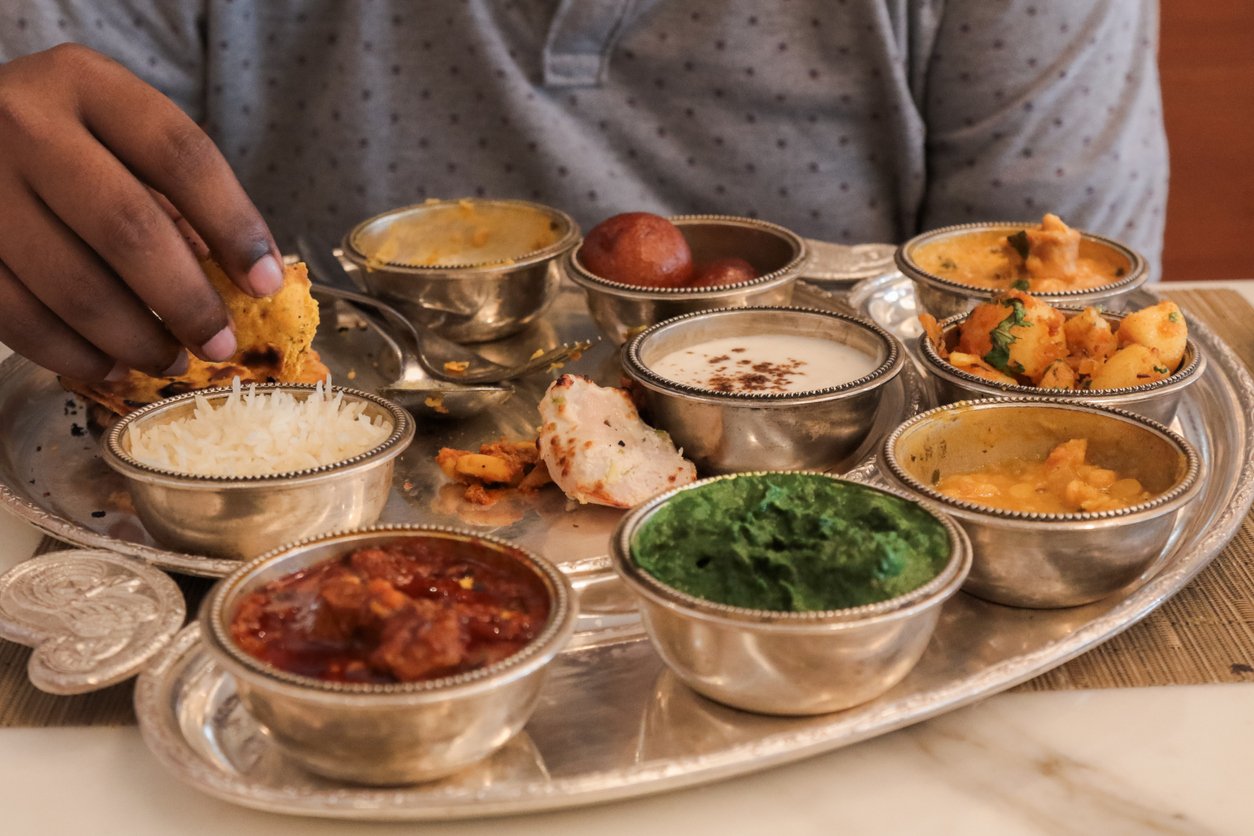
India is the second most populous country in the world, with 1.3 billion people. It contains thousands of tribes, many castes, sixteen official languages divided into hundreds of different dialects, and several of the world’s largest religions.
As you might suspect when contemplating such scope and variety of experience, there’s no such thing as a single Indian cuisine. Each region has its own traditions, defined by local history, availability of ingredients, caste, trade, colonial influences, and preparation.
Some of the vegetarian-friendly religions that originated in India include Jainism, Hinduism, and Sikhism. Many modern Jains, in particular, interpret their faith as commanding veganism. They point to a text in the 2,300-year-old Acharanga Sutra: “All breathing, existing, living, sentient creatures should not be slain, nor treated with violence, nor abused, nor tormented, nor driven away.”
But it’s not just Jains. A 2021 survey found that 80% of Indians consciously limit meat, and 4 in 10 consider themselves vegetarians.
In fact, India’s Gujarat state is home to Palitana, touted as the world’s first vegetarian city. Here, killing an animal for food is a crime, as is selling eggs. Dairy, on the other hand, is allowed.
Haryana also boasts more vegetarians per capita than any other Indian state. Interestingly, the numbers skew heavily along gender lines. While 56% of Haryana’s men reportedly never eat meat, almost 80% of women are strict vegetarians.
Vegetarian Indian staples include rice, sorghum, and wheat, depending on the region. These foods often complement vegetable curries, cured and dried vegetable dishes, lentil soups and stews (dals), and spicy, sweet, or savory herb and spice mixtures called masalas. These condiments can be dry or wet powders and are often served with plain yogurt, salted pickles, chutneys, and fried or baked breads and wafers.
A Plant-Based Indian Recipe to Try — Super Easy (and Tasty!) Mint Chutney
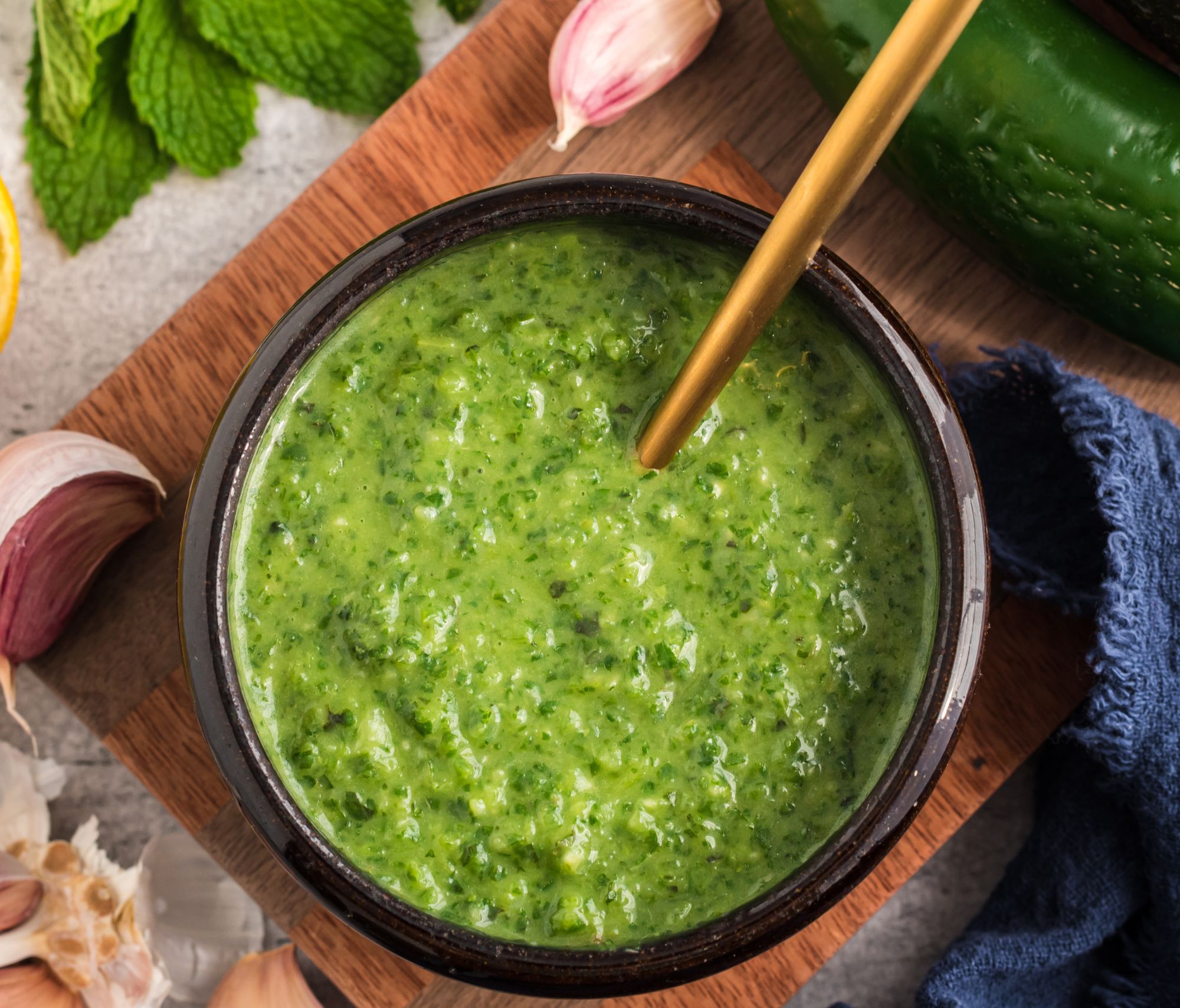
Chutney is an essential Indian condiment eaten alongside many different dishes. And for some people, no dish is complete without a generous dollop of fresh and vibrant chutney. Made with fresh mint, cilantro, avocado, and lemon, this flavorful, minty chutney provides a delicious dose of nutrients (and a burst of fresh flavor) with each bite. Eat it with samosas, chana dal, or alongside any of your favorite, aromatic plant-based dishes.
2. Ethiopian
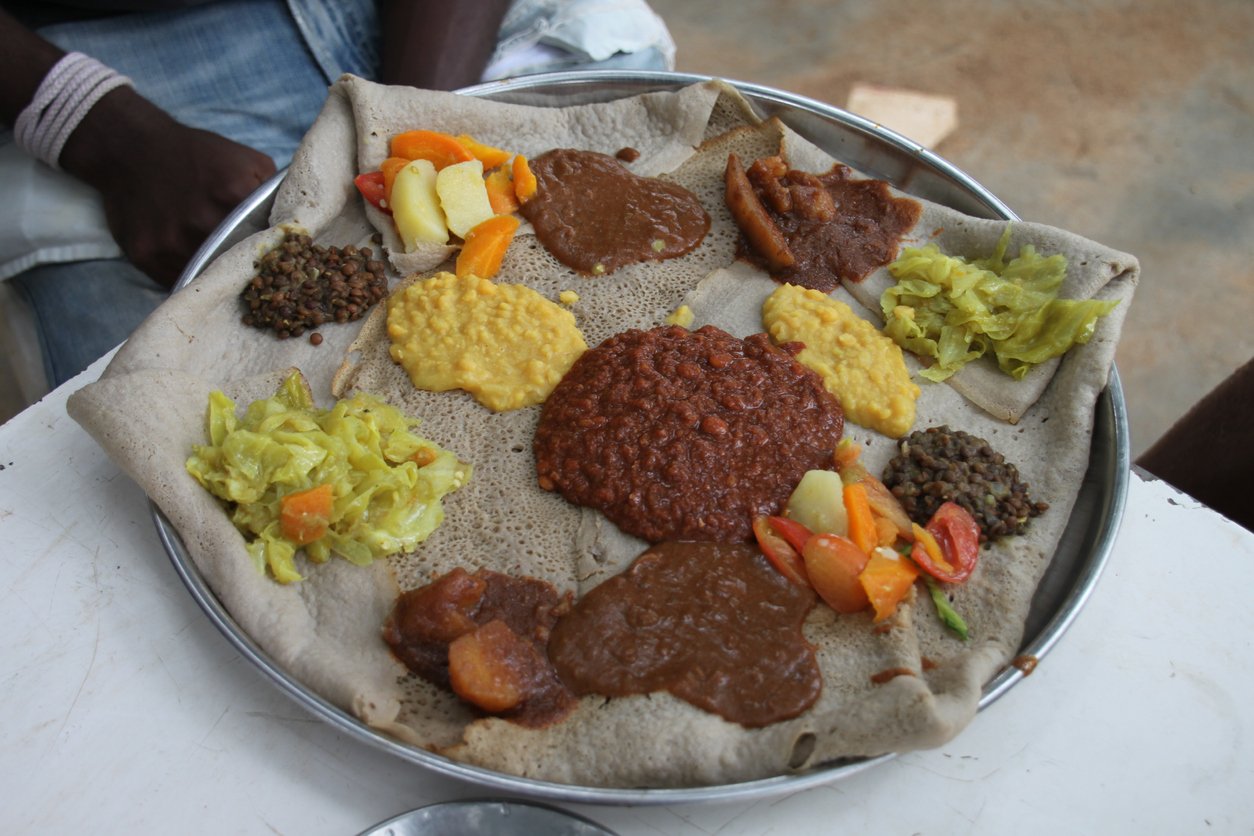
The Ethiopian Orthodox Tewahedo Christian religion teaches its adherents that abstaining from meat and dairy is part of the process of repentance. And Wednesdays and Fridays are fast days in which believers avoid animal products. This religious influence, coupled with Ethiopia’s endemic poverty, results in the nation’s low per capita meat consumption.
Over 60% of Ethiopia’s population doesn’t eat meat on about 250 days of the year. During these fasting days, they may consume fish and vegetarian dishes, including stews containing pulses, lentils, peas, field peas, chickpeas, peanuts, and whatever vegetables are in season. These stews are called “wats.” Some common wats include shiro wat, misir wat, and red lentil stew served with a stretchy, tangy teff flatbread called injera. These vegetarian dishes, along with salata (salad), are commonly served during Lent.
A Plant-Based Ethiopian Recipe to Try — Misir Wat
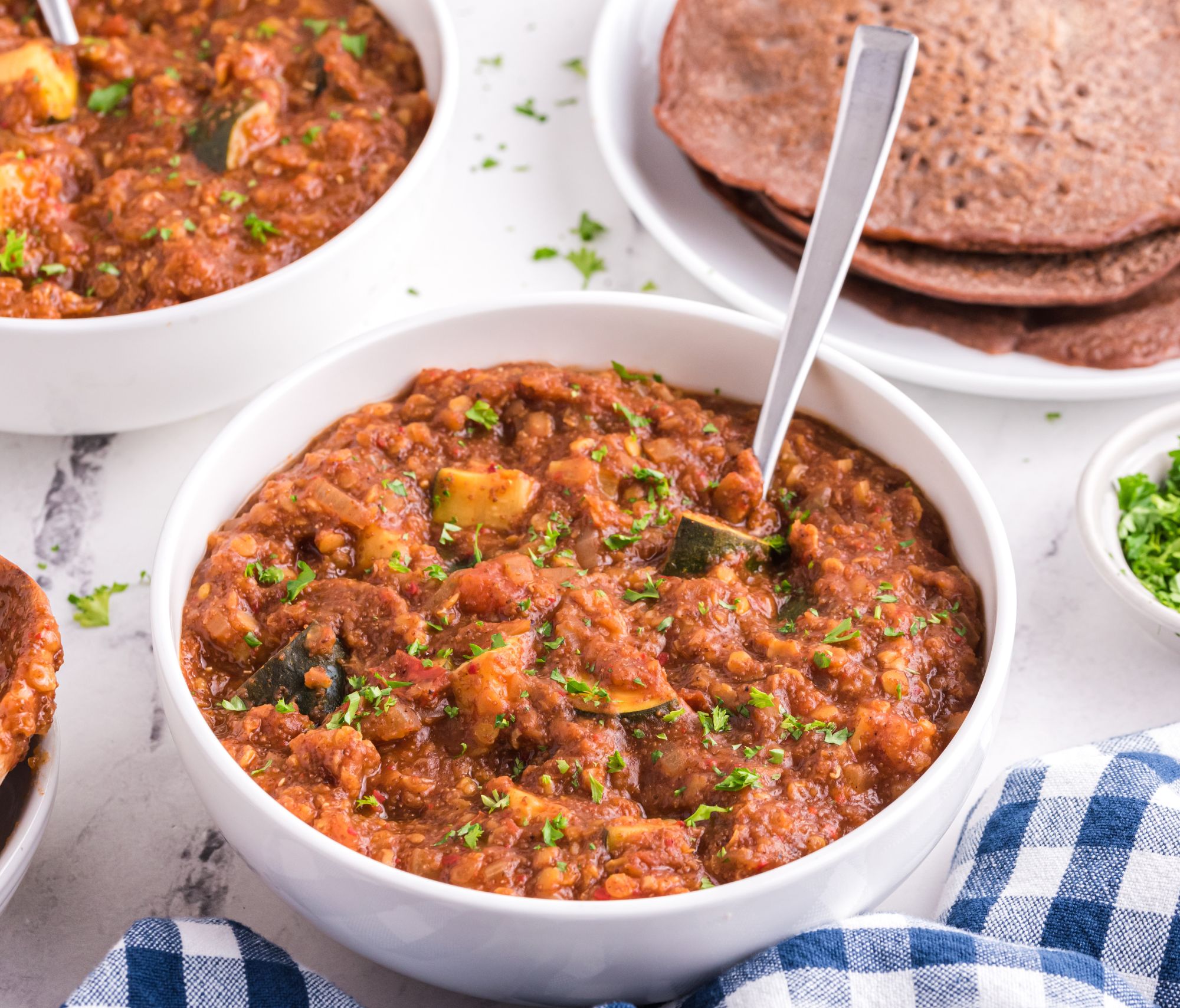
If Ethiopian cuisine is new to you, you’re in for a delightful flavor experience that showcases lentils in a new light. Misir Wat (also spelled misir wot) is a plant-based Ethiopian stew filled with lentils, vegetables, and layers of fragrant spices that will wrap you in comfort and warmth. Its aromatic spice blend, berbere, often includes more than ten spices such as coriander, cumin, fenugreek, chili powder, and paprika. Enjoy this flavorful stew on a bed of organic brown rice or with injera, the traditional Ethiopian flatbread.
3. Jamaican
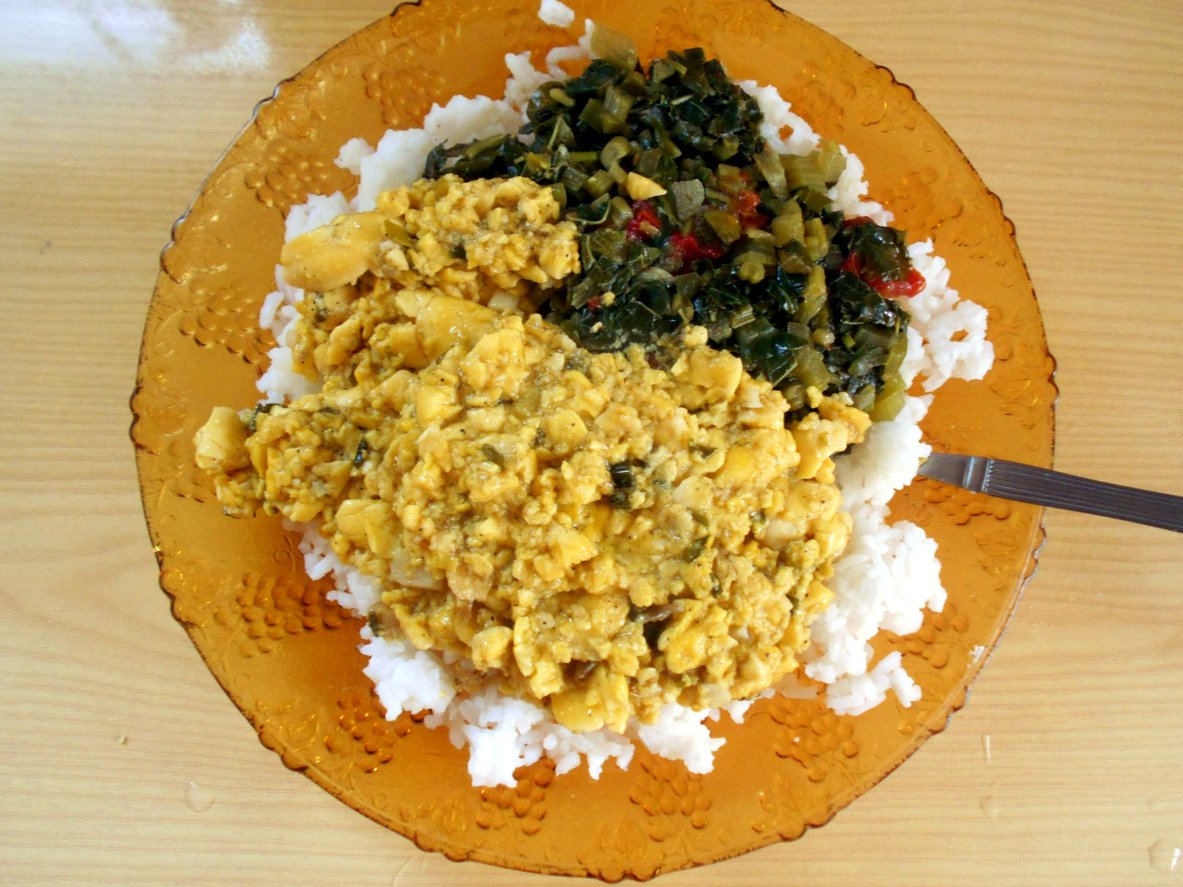
Jamaica is the birthplace of the religious and social movement known as Rastafarianism. Most Rastafarians follow dietary guidelines called ital: a largely plant-based code based on the biblical book of Leviticus.
Ital food consists of a natural diet free from chemical additives and most meat, both of which are considered “dead” food, or lacking the energy granted by God. One way to connect with the natural world is by eating organic plant-based food. Many Rastas grow their own food to ensure its purity and lack of chemical biocide residue.
The cuisine of Jamaica also has an Indian influence due to indentured servitude during British colonial rule. Many signature Indian ingredients grow in Jamaica as well: coconuts, whose milk forms the base of many ital meals; herbs and spices such as lemongrass, allspice, nutmeg, thyme, and hot peppers; tropical fruits like mango, avocado, passion fruit, and banana; as well as leafy greens, peppers, and pumpkins.
Popular Jamaican ital dishes include jerk tofu, hearty pumpkin stews, and red pea (kidney bean) loaf.
A Plant-Based Jamaican Recipe to Try — Jamaican Jerk Tofu with Sweet Pineapple Salsa
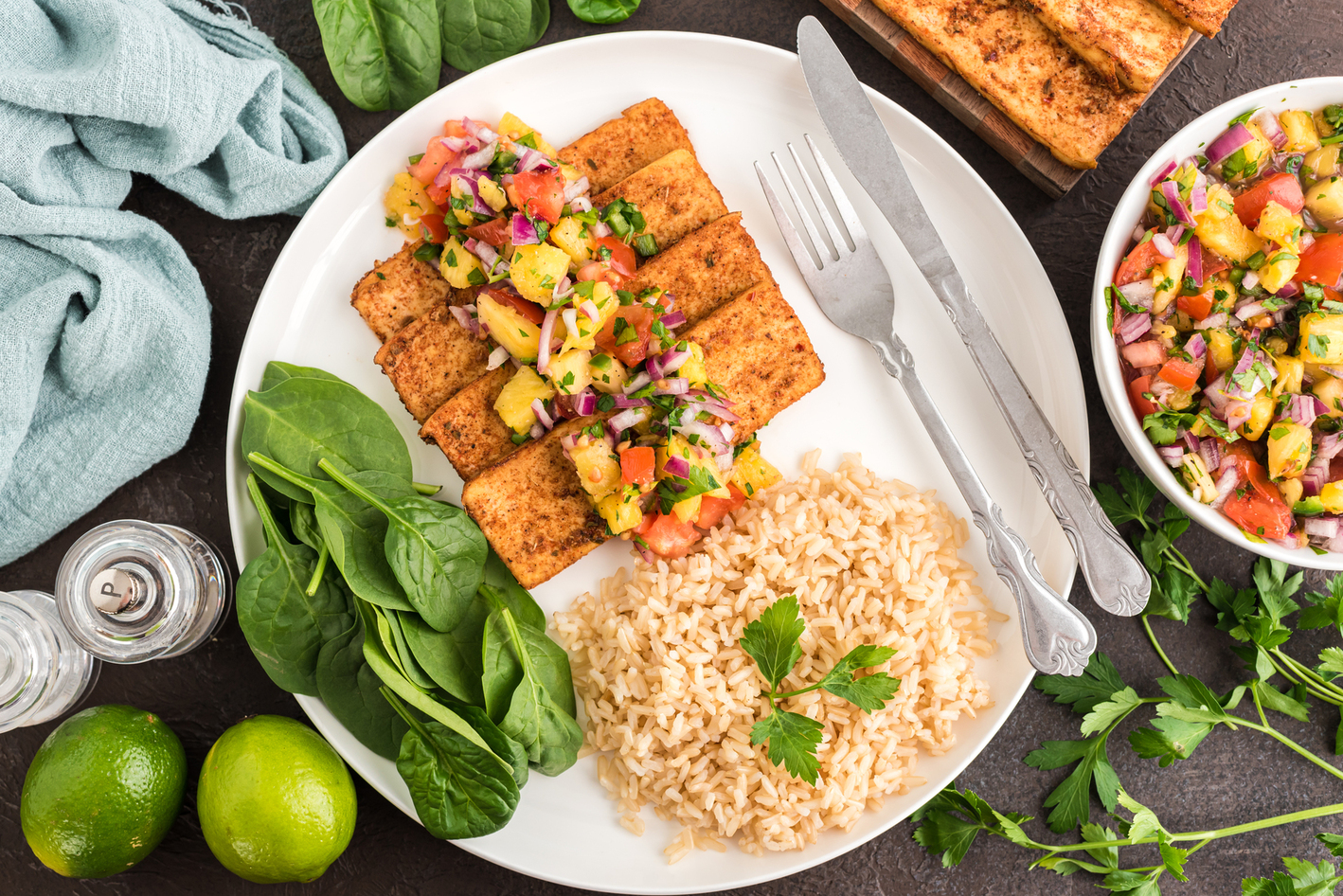
Jamaican Jerk Tofu with Sweet Pineapple Salsa offers the fresh, hot, and sweet flavors of the Caribbean. Tofu is generously rubbed with a nourishing and robust Jamaican jerk spice and baked until slightly crispy, then topped with juicy and sweet pineapple salsa. This dish is equal parts colorful, wholesome, and 100% pure plant perfection!
4. Japanese
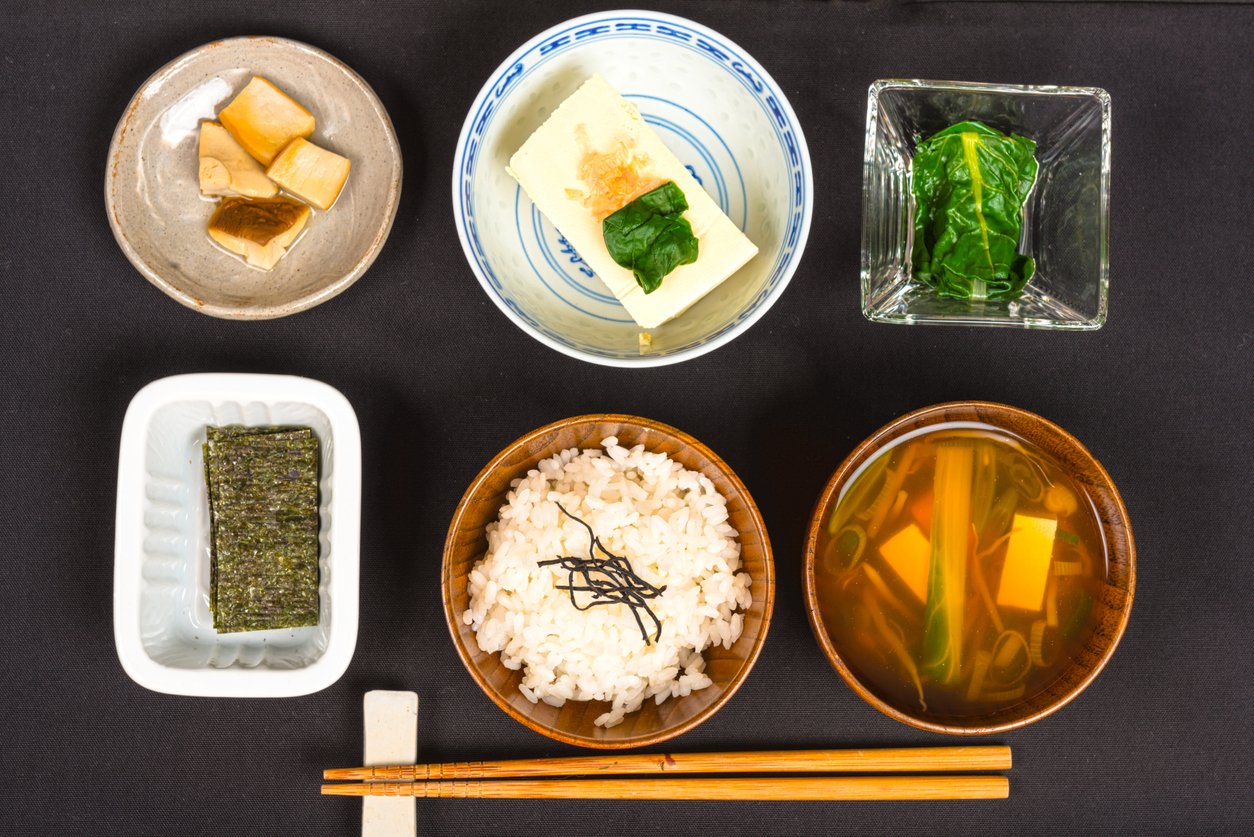
As Buddhism spread east from India, its principle of ahimsa influenced cooking styles across East Asia. A style of vegetarian cooking known as shojin ryori was adopted by Buddhist monks in Japan, and became widespread with the emerging popularity of Zen Buddhism in the 13th century. Served in restaurants as well as Buddhist temples across Japan, shojin ryori literally means “devotion cuisine,” referring to the heartfelt expression of ahimsa that informs the style of eating.
Shojin ryori relies on seasonal ingredients, necessitating frequent menu changes to showcase the freshest, locally-sourced produce. Waste is frowned upon, so cooks use ingredients in their entirety. Common ingredients include tofu, kuzu or kudzu (a starch powder made from the same plant that’s become an invasive pest in the American South), and a wide variety of vegetables.
This last group includes lotus root, mushrooms, various head and leafy greens, wakame and nori (types of seaweed), and pumpkin, among many others. The Japanese may pickle these vegetables, serve them in a vegan dashi broth, steam them, or boil them.
On the Japanese island of Okinawa, many people are largely plant-based, which may explain their life expectancy — the highest in the world. This qualifies the region as one of only five “Blue Zones,” whose habits and characteristics were chronicled by Dan Buettner as part of National Geographic expeditions dedicated to uncovering the secrets of long life.
The traditional Okinawan diet consists mostly of purple Okinawan sweet potatoes (which comprise up to 70% of their total calories), rice, lightly processed soy products (tofu, tempeh, edamame, miso, etc.), and a range of veggies.
On the island, which has the highest percentage of centenarians of any known human population, you can find many home gardens that include not only produce but medicinal plants as well.
A Plant-Based Japanese Recipe to Try — Japanese-Inspired Breakfast Bowl
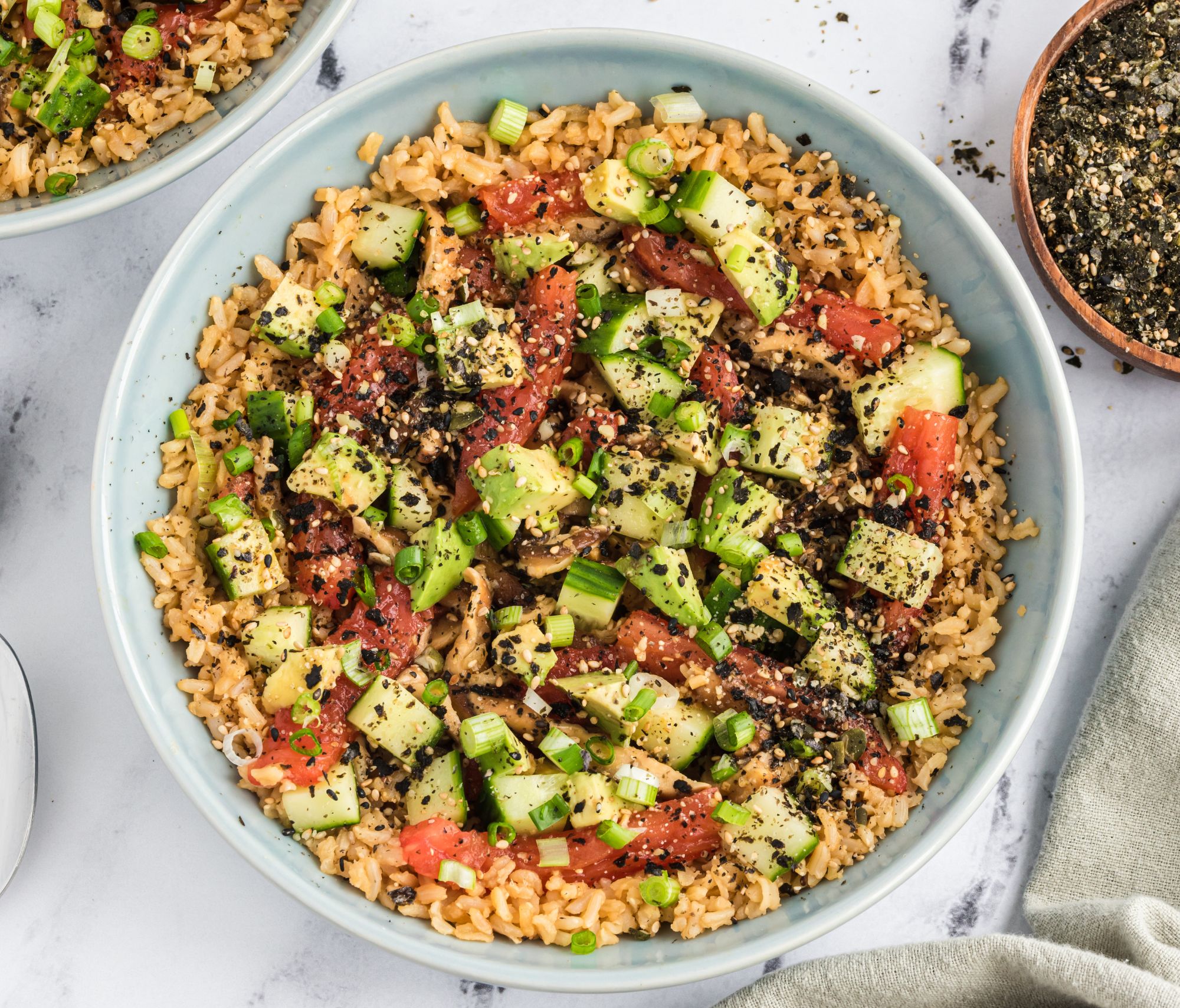
Believe it or not, sushi is a common breakfast in Japanese culture. This plant-based twist on a traditional Japanese sushi breakfast contains an abundance of phytonutrients, vitamins, and minerals galore. Gorgeous tomatoes stand in for tuna (in color) and mushrooms play the part of eel (in texture) while cucumber, avocado, and seaweed make up the rest of the ingredients. If this is your first time trying this sort of dish for breakfast (or any time!), have fun experimenting with the experience as you invite the culture of Japan into your home!
5. Mediterranean
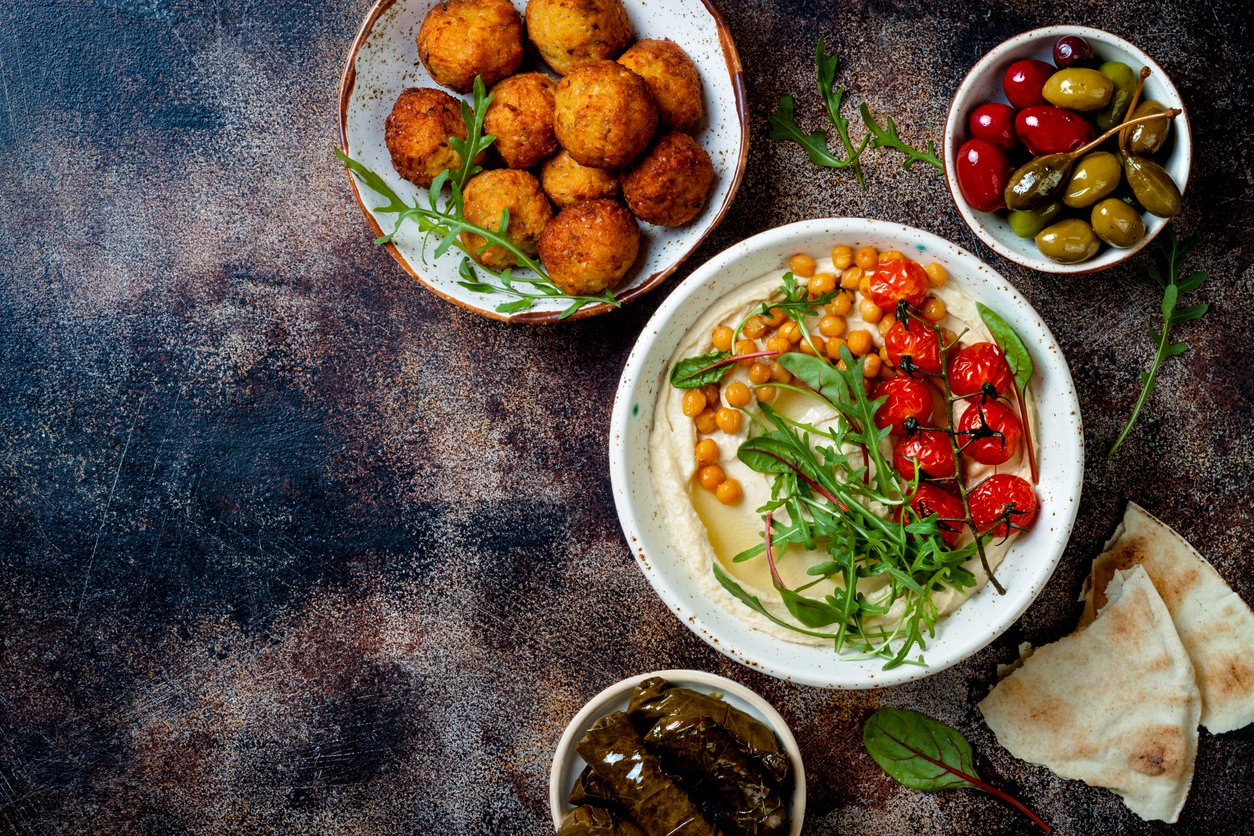
The Mediterranean diet has long been considered one of the healthiest in the world. While the Mediterranean refers to a region rather than a single country or culture, there are enough similarities in Italian, Greek, Spanish, Israeli, and Palestinian cuisines to justify the umbrella term.
Vegetarianism has a long history in Western Europe, where it was known as the Pythagorean diet, after the Greek philosopher and mathematician Pythagoras, who abstained from meat. Adherents of this way of eating would be confused by modern meat and dairy substitutes, as they ate “everything that is vegetable, tender and fresh, which requires little or no preparation to make it fit to eat, such as roots, leaves, flowers, fruits, and seeds.”
While many people now think of olive oil, fish, and wine as mainstays of the Mediterranean diet, the real health benefit likely comes from the fact that it’s still a primarily plant-based diet, consisting largely of green leafy vegetables, legumes, nuts (chiefly walnuts, almonds, and pistachios), fresh fruits, and whole grains.
Religion also plays a role in predisposing residents of the Mediterranean toward a plant-based lifestyle. Both the Catholic and Greek Orthodox faiths observe fasting days in which meat is prohibited by law or custom.
And one of the themes of the kashrut laws in Judaism is the separation of meat and dairy. The two classes of food are not to be cooked or consumed together. The Jewish laws of ritual slaughter also place many restrictions on how an animal may be killed and what must be done to the carcass following slaughter. Together, these laws tend to limit the amount of meat eaten by observant Jews.
The class of food that doesn’t get restricted by Jewish law is known as “pareve,” meaning neither meat nor dairy. All plant-based foods fall into this category, with the exception of wine, which has a bunch of rules all to itself.
A Plant-Based Mediterranean Recipe to Try — Grilled Mediterranean Eggplant “Steaks”
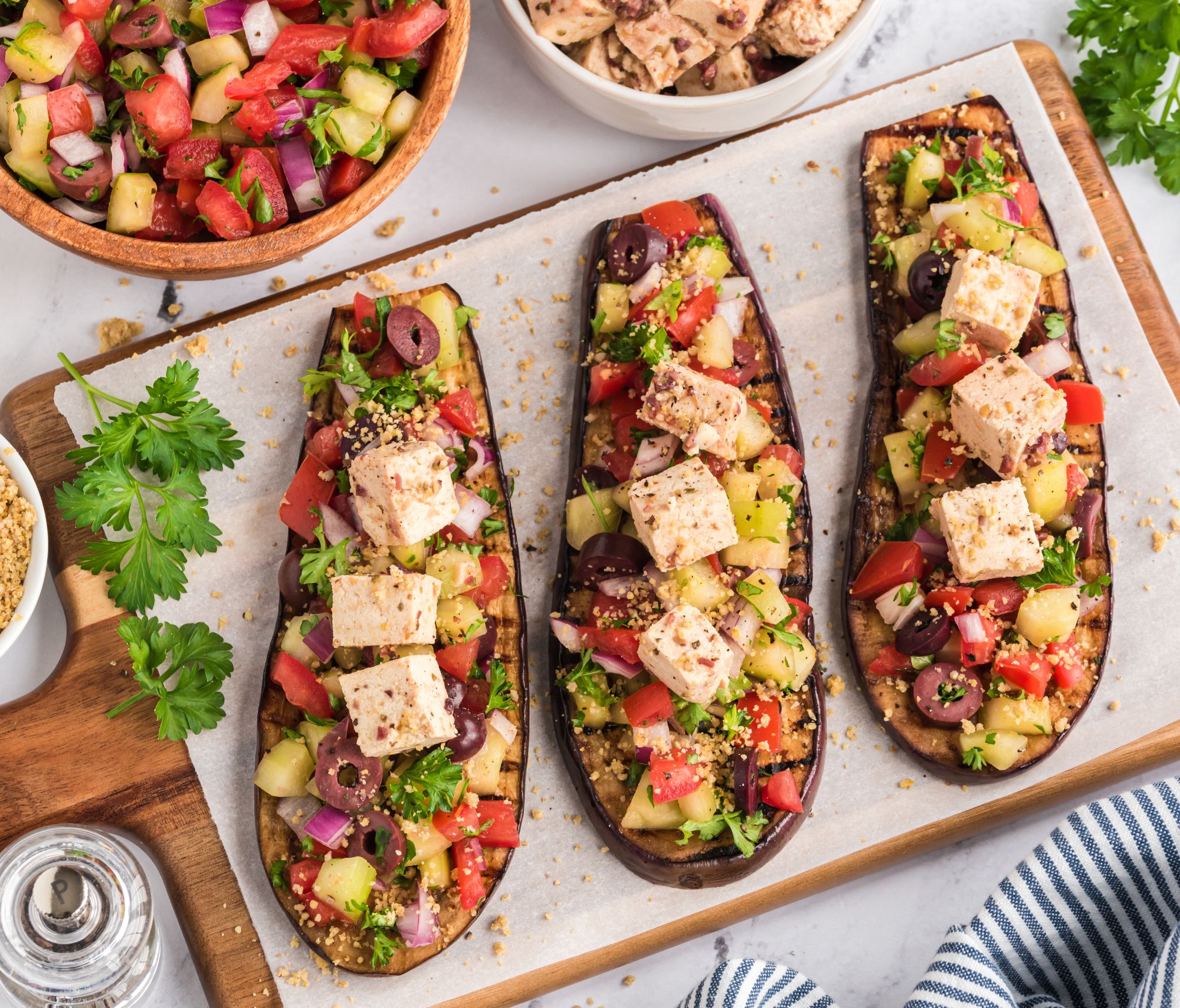
These Grilled Mediterranean Eggplant “Steaks” harness the flavor (and nutrition) of this wildly popular cuisine, making it a simple and delightful plant-based dish to make again and again. When you top the eggplant steaks with nourishing Mediterranean veggies, like tomato, onion, olives, and cucumber, you have yourself a meal that makes your belly happy short-term and your body happy long-term.
Take a Page Out of the Books of These Plant-Based Cultures
In conclusion, while plant-based eating may seem like a recent trend in certain parts of the world, it’s actually deeply rooted in human history and has long been a way of life for many cultures around the globe. By exploring the plant-based cuisines of different regions, we can gain a deeper appreciation for the diversity of human diets and honor their ethos of eating from the land and prioritizing unprocessed whole ingredients over industrialized foods. And we can enjoy some delicious new flavors, too!
Tell us in the comments:
- What are some of your favorite plant-based cuisines?
- Have you ever traveled to a country with a strong plant-based culinary tradition?
- How might you eat “closer to the earth” in your diet?
Featured Image: iStock.com/Anna Shalygina

